

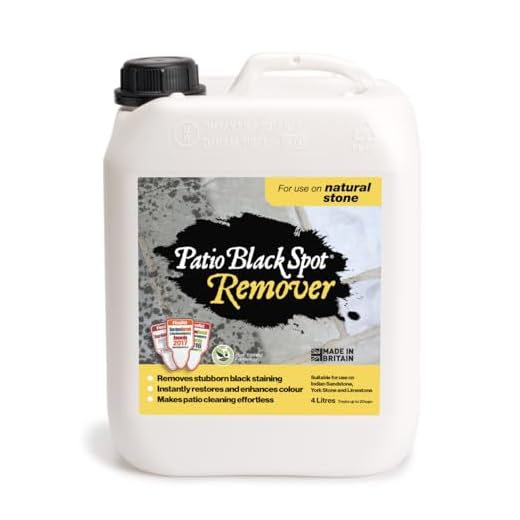

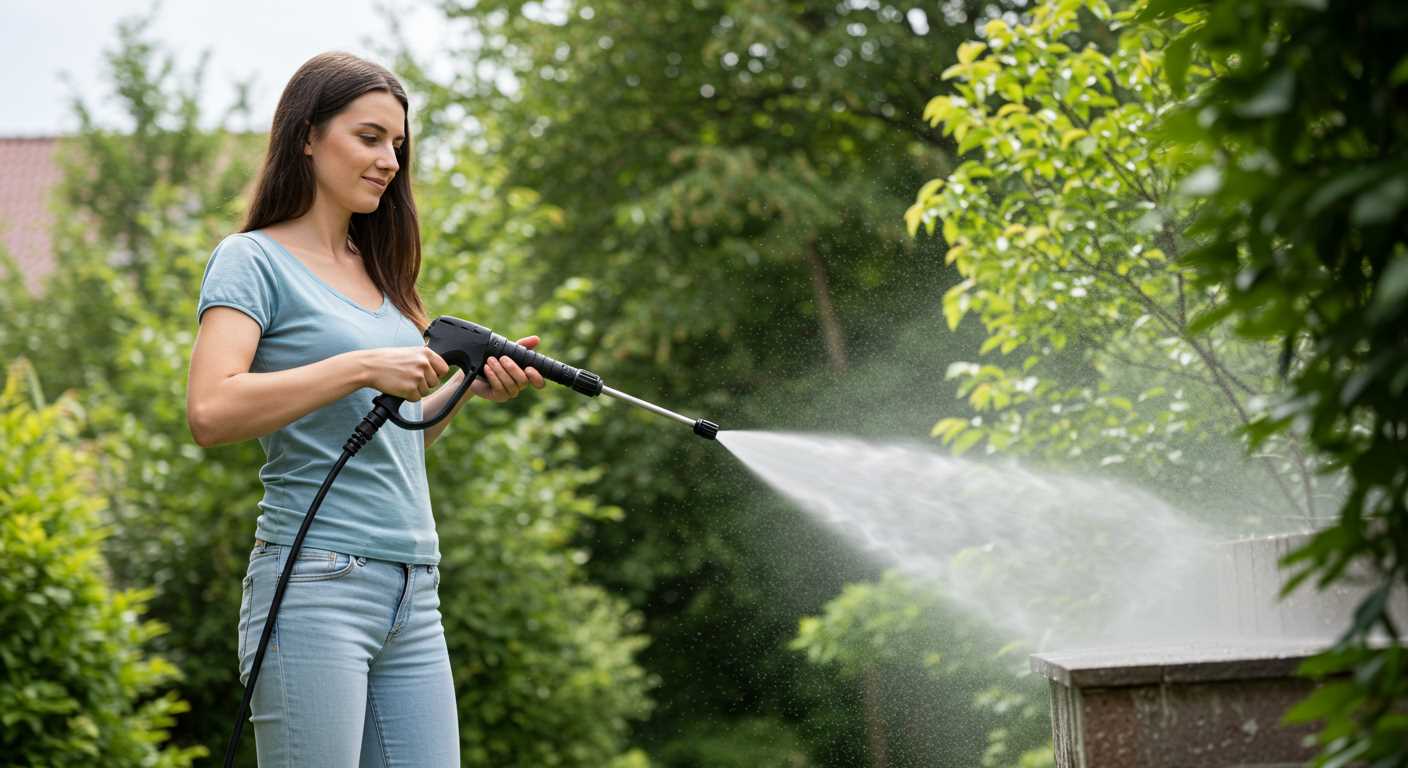
If you’re aiming for a fresh look for your exterior surfaces, consider utilising a high-pressure cleaner for that transformative touch. I recall my first experience with one; the sheer power and efficiency caught me off guard. I tackled grime-covered bricks and stained concrete, and the results were astonishing. The key lies in the right technique and equipment settings.
Begin by selecting the appropriate nozzle for the task. A wider spray pattern is ideal for delicate surfaces, while a narrower jet is more suited for stubborn stains on tougher materials. I vividly remember a day spent battling years of mould on a patio; switching to the right nozzle made all the difference, allowing me to restore the surface without damage.
Pre-treating any heavily soiled areas can save time and effort. Applying a suitable cleaning solution before using the machine ensures that dirt and stains are loosened, making the process far more efficient. On a particularly grimy driveway, I learned this lesson the hard way; skipping this step meant a longer scrubbing session than necessary, wasting precious daylight.
Always maintain a safe distance from the surface to prevent any unintended damage. Aiming too closely can chip paint or etch softer materials. I’ve seen many make this mistake, resulting in repairs that could have been easily avoided. Keeping a consistent distance not only protects the surfaces but also ensures an even clean.
Finally, consider the weather conditions. Working in direct sunlight can lead to quick drying, which may leave streaks or spots. I found that early mornings or late afternoons provide the best conditions, allowing for a more thorough job without the sun’s harsh glare interfering. With these strategies in mind, you’ll find that revitalising your property becomes a satisfying and enjoyable task.
Effective Techniques for Exterior Cleaning Using High-Pressure Equipment
Begin by selecting the right nozzle for your task. A 25-degree nozzle is versatile, suitable for most surfaces. For stubborn grime, the 15-degree nozzle applies a more concentrated stream that can tackle tough stains. Adjusting the distance from the surface is critical; maintaining a distance of around 12 inches helps prevent damage.
Before you start, prepare the area. Remove any furniture, potted plants, or decorations to avoid accidents. Cover nearby electrical outlets and fixtures to protect them from moisture. I once learned this the hard way when a misplaced hose caused a short circuit in my garden lights.
Mix a suitable cleaning solution if necessary. For mildew or algae, a solution of bleach and water works wonders. Ensure the mixture is compatible with your device and always follow manufacturer guidelines. I once used a homemade solution that clogged my machine, resulting in a lengthy repair process.
When applying the cleaning mixture, use a low-pressure setting. Allow it to sit for approximately 10 minutes to penetrate the dirt. Avoid letting it dry completely, as this can lead to streaks and require additional effort later. I recall a time I rushed this step, and I ended up redoing the entire process.
After soaking, switch to a higher pressure and rinse thoroughly. Begin from the top of the surface and work your way down, preventing streaking. This is particularly important for walls and siding. I’ve noticed that following this method consistently yields the best results, as it prevents residue from settling on previously cleaned areas.
Once complete, inspect your work. If any spots remain, a second pass may be necessary. I often find that taking a moment to review my efforts saves time in the long run, as it reduces the need for repeated cleanings.
| Task | Recommended Nozzle | Distance | Pressure Setting |
|---|---|---|---|
| General cleaning | 25-degree | 12 inches | Medium |
| Stubborn stains | 15-degree | 12 inches | High |
| Applying solution | Low-pressure nozzle | 12 inches | Low |
| Final rinse | 25-degree | 12 inches | High |
Lastly, ensure you flush the machine after use to prevent clogs and maintain its performance. A quick run with clean water can save you from future headaches. Trust me, regular maintenance is key to longevity, and a little effort goes a long way.
Selecting the Right Pressure Washer for Your Needs
Begin by assessing the type of tasks you plan to tackle. For light-duty chores such as washing patio furniture or cleaning vehicles, a model with a PSI (pounds per square inch) rating of around 1200 to 1900 will suffice. This range offers adequate power without the risk of damaging delicate surfaces.
Understanding PSI and GPM
Consider both PSI and GPM (gallons per minute) when choosing your equipment. A higher PSI delivers more pressure, while greater GPM indicates a better flow rate. For medium-duty projects like cleaning decks or driveways, aim for a unit with a PSI between 2000 and 2800 and a GPM of 1.5 to 2.5. This will provide the balance necessary to remove tougher grime without causing surface damage.
Fuel Types and Portability
Evaluate whether you want an electric or gas-powered machine. Electric units are quieter and easier to maintain, ideal for residential use. Gas models, generally more powerful, cater to larger areas and more demanding tasks. If portability is a concern, choose a lightweight model with wheels for easy manoeuvrability. I once used a compact electric cleaner for a small garden project, and it was surprisingly effective. But when I tackled a large outdoor patio, I found a gas-powered variant made the job much quicker and more efficient.
Preparing Your Outdoor Area Before Cleaning
Before you start washing surfaces, ensure the area is free from obstacles. Move furniture, potted plants, and any decorative items out of the way. I once made the mistake of overlooking a garden statue, and the high velocity of the water left it looking worse than before. Take a few minutes to clear the space; it will save you time and potential damage.
Check for loose items such as hoses or electrical cords. These can not only be damaged but may also pose a safety risk while operating equipment. I had a friend who accidentally sprayed a cord, resulting in a minor shock. It’s crucial to disconnect and secure any electrical devices before proceeding.
Protect Nearby Plants and Vegetation
Be mindful of any plants or landscaping. Cover delicate flowers and shrubs with tarps or plastic sheeting to prevent water pressure from harming them. I learned that the force can strip leaves or even uproot small plants. If possible, water them an hour before starting; well-hydrated plants are less susceptible to stress.
Prepare the Surface
Inspect surfaces for any significant grime or stains. If you encounter stubborn spots, consider pre-treating them with a suitable cleaner. I often used a gentle solution on driveways to break down oil stains before proceeding. For best results, allow it to sit for a few minutes, ensuring it penetrates before rinsing it away.
Finally, ensure you have the right equipment ready. For tougher jobs, a model rated around 180 bar will be beneficial. This level of power can effectively tackle the most resilient dirt and grime that accumulates over time.
Choosing the Correct Nozzle for Different Surfaces
When tackling various surfaces, selecting the right nozzle can make all the difference. For instance, a 0-degree nozzle is ideal for tough stains on concrete or brick, delivering a concentrated jet that blasts away grime. However, be cautious; the intensity can damage softer materials like wood or vinyl siding.
Understanding Nozzle Angles
A 15-degree nozzle suits hard surfaces, such as driveways or patios, effectively removing stubborn dirt. For most siding materials, a 25-degree option is preferable, providing a good balance between cleaning power and safety. If you’re working on delicate surfaces, like painted wood or glass, a 40-degree nozzle softens the spray, reducing the risk of chipping or cracking.
Specialty Nozzles
Consider investing in a turbo nozzle, which rotates the spray pattern for enhanced cleaning efficiency. This tool is particularly effective for decks or heavily soiled areas. For even more specificity, a surface cleaner attachment can be a game changer for large flat surfaces, ensuring uniform results while saving time.
Techniques for Cleaning Various Exterior Materials
For optimal results, tailor your approach based on the material you’re tackling. Here’s a breakdown of effective methods for common surfaces:
-
Wooden Decking:
Hot PickBiodegradable Patio Black Spot RemoverEffective for Natural Stone SurfacesThis black spot remover effectively cleans natural stone while restoring its color without damage. Safe for gardens, it provides a biodegradable solution for maintaining beautiful patios.Use a wide-angle nozzle, typically 25 degrees, to prevent damage. Keep the nozzle at least 12 inches away from the surface. Move the wand in the direction of the wood grain, applying consistent and even pressure. For stubborn stains, consider a biodegradable deck cleaner applied prior to washing.
-
Vinyl Siding:
Opt for a 40-degree nozzle to safely remove dirt. Maintain a distance of 18-24 inches from the surface. Begin from the bottom and work your way up to prevent streaking, rinsing from the top down. A mixture of water and mild detergent can enhance results, especially for mildew.
-
Concrete Driveways:
Utilise a turbo nozzle for effective grime removal. Keep the nozzle about 6-12 inches above the surface, moving systematically across the area. For oil stains, applying a degreaser beforehand can yield better outcomes. Rinse thoroughly to avoid residue.
-
Brickwork:
Employ a 15-degree nozzle for deep cleaning. Hold the wand at a 45-degree angle to the surface, and maintain a distance of 12-18 inches. Work in small sections, rinsing immediately to avoid damage from detergent residue. For tough stains, a specialised brick cleaner can be beneficial.
-
Metal Surfaces:
Use a 25-degree nozzle to avoid scratches. Keep the nozzle at a safe distance of around 2 feet. For rust removal, a rust inhibitor can be effective, but ensure it’s suitable for the specific metal type.
After applying these techniques, always inspect the surfaces for any remaining stains or missed spots. A second pass may be necessary for particularly stubborn areas. Remember, patience and the right method yield the best results.
Safety Precautions When Using a Pressure Washer
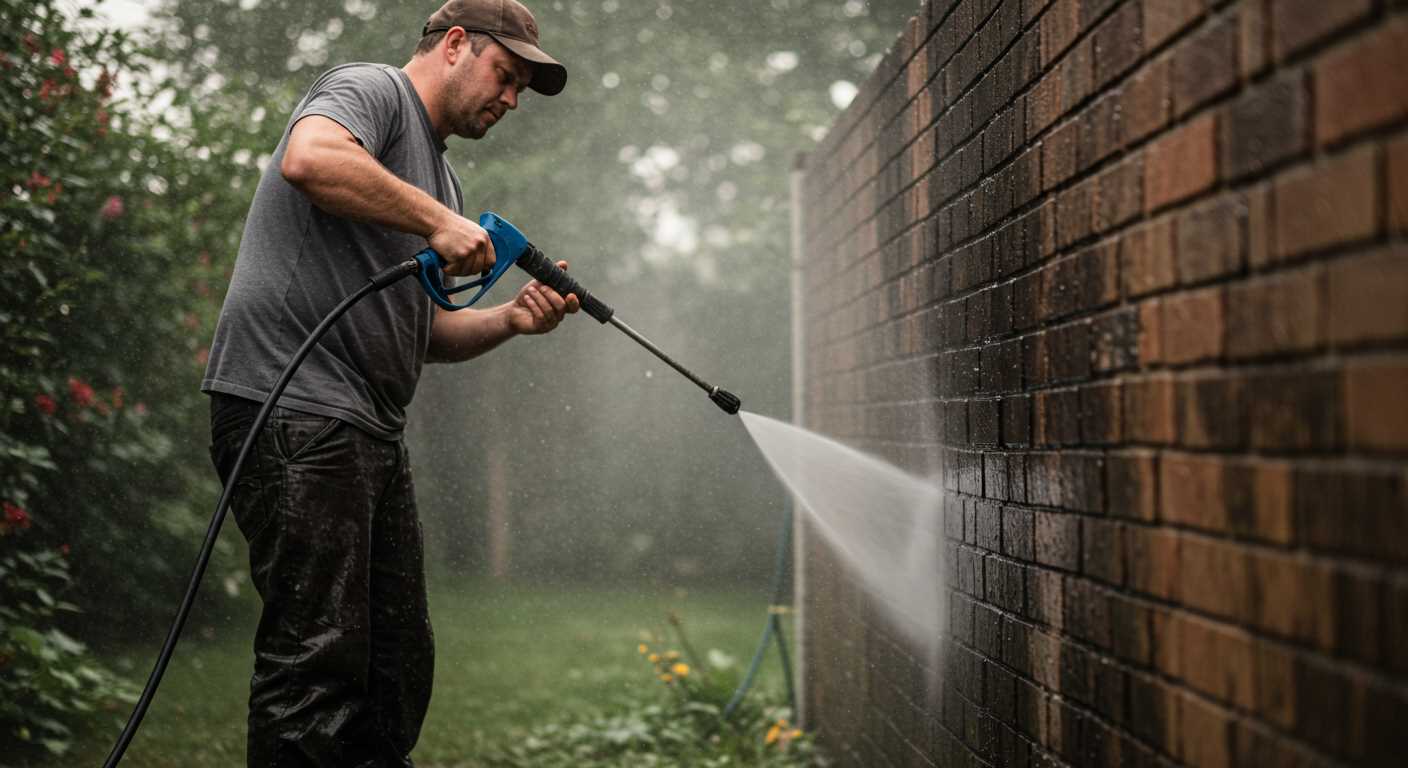
Always wear protective eyewear to shield your vision from flying debris. During one of my early experiences, a small stone flew up and nearly struck me in the eye–never a pleasant surprise!
Closed-toe footwear is a must. I once made the mistake of using sandals; a kickback from the nozzle sent water and dirt straight into my foot. Now, I stick to sturdy shoes to avoid any injuries.
Check your surroundings. Ensure there are no people or pets nearby. I remember a day when I was so focused on the task that I didn’t notice my dog wandering close. A sudden spray could have startled him, leading to an accident.
Use the correct extension cord. Opt for a heavy-duty, outdoor-rated cord to prevent overheating. I learned this the hard way when a flimsy cord melted during a project, causing a work stoppage and a trip to the hardware store.
Maintain a safe distance from surfaces. I often see people getting too close, but keeping a proper distance prevents damage. A friend of mine accidentally stripped paint off his fence because he was too aggressive with the nozzle.
Be mindful of the water pressure setting. Adjust it according to the surface you are working on. I’ve had instances where using too high a pressure on delicate materials led to irreversible damage. Always start low and increase gradually.
Lastly, ensure you are familiar with the equipment’s manual. I once overlooked a critical safety feature and had a minor mishap. Knowing the machine inside and out can save you from unnecessary trouble. For those looking to manage their cleaning supplies better, consider exploring the best audio scrubber program for an effective cleaning strategy.
Post-Cleaning Maintenance Tips for Longevity
After a thorough exterior refresh, preserving the results is key. Here are some specific strategies I’ve found effective over the years:
- Regular Inspections: Every few months, inspect the surfaces for any signs of dirt accumulation or wear. Catching issues early helps maintain their appearance.
- Sealants and Protectants: Consider applying a sealant on porous surfaces like wood or brick. This acts as a barrier against grime and moisture, extending the life of your materials.
- Routine Rinsing: A simple rinse with a garden hose can prevent buildup, especially in areas prone to mould or mildew. Make this a part of your monthly maintenance routine.
- Gutter Maintenance: Clogged gutters can lead to water damage. Clean them regularly to avoid overflow that can stain your façade.
- Landscape Care: Trim back any plants or shrubs that touch your walls. This prevents moisture retention and reduces the risk of wear from constant contact.
- Storage and Equipment Care: Store your cleaning equipment properly after use. Keep it in a dry place and check hoses and connections for damage before the next use.
Each of these practices contributes to the longevity of your exterior surfaces, saving time and effort in the long run. From my experience, a proactive approach pays off significantly.
FAQ:
What areas of the house can I clean with a pressure washer?
You can clean a variety of areas around the outside of your house with a pressure washer. This includes driveways, patios, decks, siding, fences, and even outdoor furniture. Additionally, you can use it to remove dirt and grime from windows and gutters. Each surface may require different pressure settings and nozzle types, so be sure to check the manufacturer’s recommendations for best results.
How do I prepare my house for pressure washing?
Before pressure washing, it’s important to prepare your house properly. Start by removing any items near the areas you plan to wash, such as furniture, decorations, and plants. Cover electrical outlets and light fixtures to protect them from water. Ensure windows and doors are closed tightly to prevent water from entering the house. Finally, check for any loose paint or debris that could be dislodged during the cleaning process.
What safety precautions should I take while using a pressure washer?
Safety is key when using a pressure washer. Always wear protective gear, including safety goggles, gloves, and non-slip footwear. Be cautious of your surroundings; ensure children and pets are kept at a safe distance. Never point the nozzle at yourself or anyone else, and be aware of the potential for slippery surfaces after washing. Additionally, check that the pressure washer is in good working condition before use to avoid accidents.
Can I use detergent with my pressure washer?
Yes, using detergent can enhance the cleaning process. Many pressure washers come with a soap dispenser that allows you to mix detergent with water. Choose a detergent that is suitable for the surfaces you are cleaning. Apply the detergent first and let it sit for a few minutes to break down dirt and stains. After that, rinse with clean water using the pressure washer to remove the soap and grime.
How do I choose the right pressure setting for different surfaces?
Choosing the right pressure setting is crucial to avoid damaging surfaces. For softer surfaces like wood or vinyl siding, use a lower pressure setting, typically around 1300-1600 PSI. For harder surfaces such as concrete or brick, you can increase the pressure to around 2000-3000 PSI. Always start with a lower setting and test in a small area to ensure you do not cause any damage before increasing the pressure.
What surfaces can I clean with a pressure washer outside my house?
A pressure washer is versatile and can be used on various outdoor surfaces. Common areas include driveways, patios, decks, and siding. It’s also effective for cleaning gutters, fences, and garden furniture. However, it’s important to check the manufacturer’s recommendations for materials, as some surfaces, like delicate wood or painted surfaces, may require a gentler approach or different attachments.
How do I prepare my house for cleaning with a pressure washer?
Preparing your house for pressure washing involves several steps. First, remove any outdoor furniture, plants, or decorations from the area you plan to clean. Next, ensure windows and doors are closed to prevent water from entering. It’s also wise to cover electrical outlets and any delicate plants with plastic sheeting to protect them from water and cleaning solutions. Finally, inspect the pressure washer and choose the appropriate nozzle and cleaning solution for the task at hand, ensuring you follow the manufacturer’s guidelines for safe use.

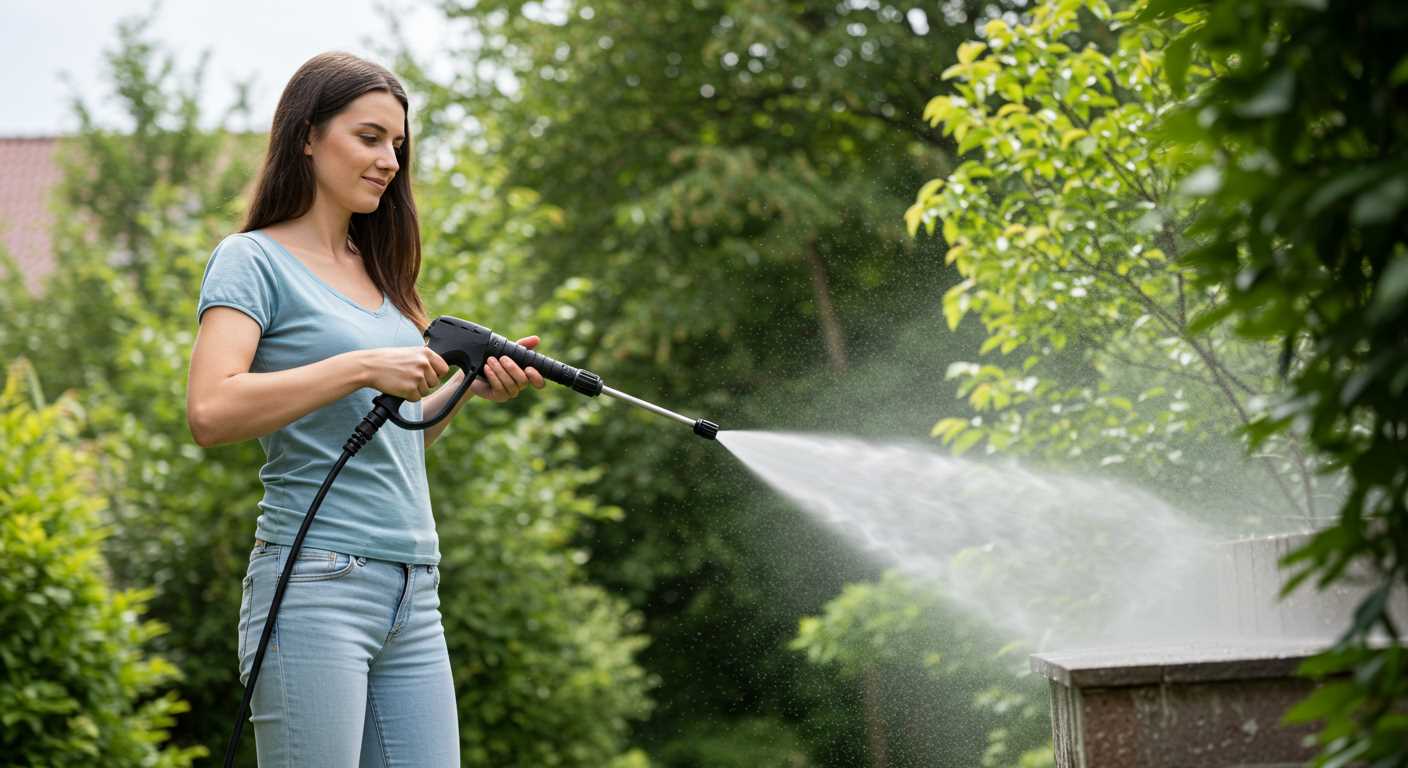


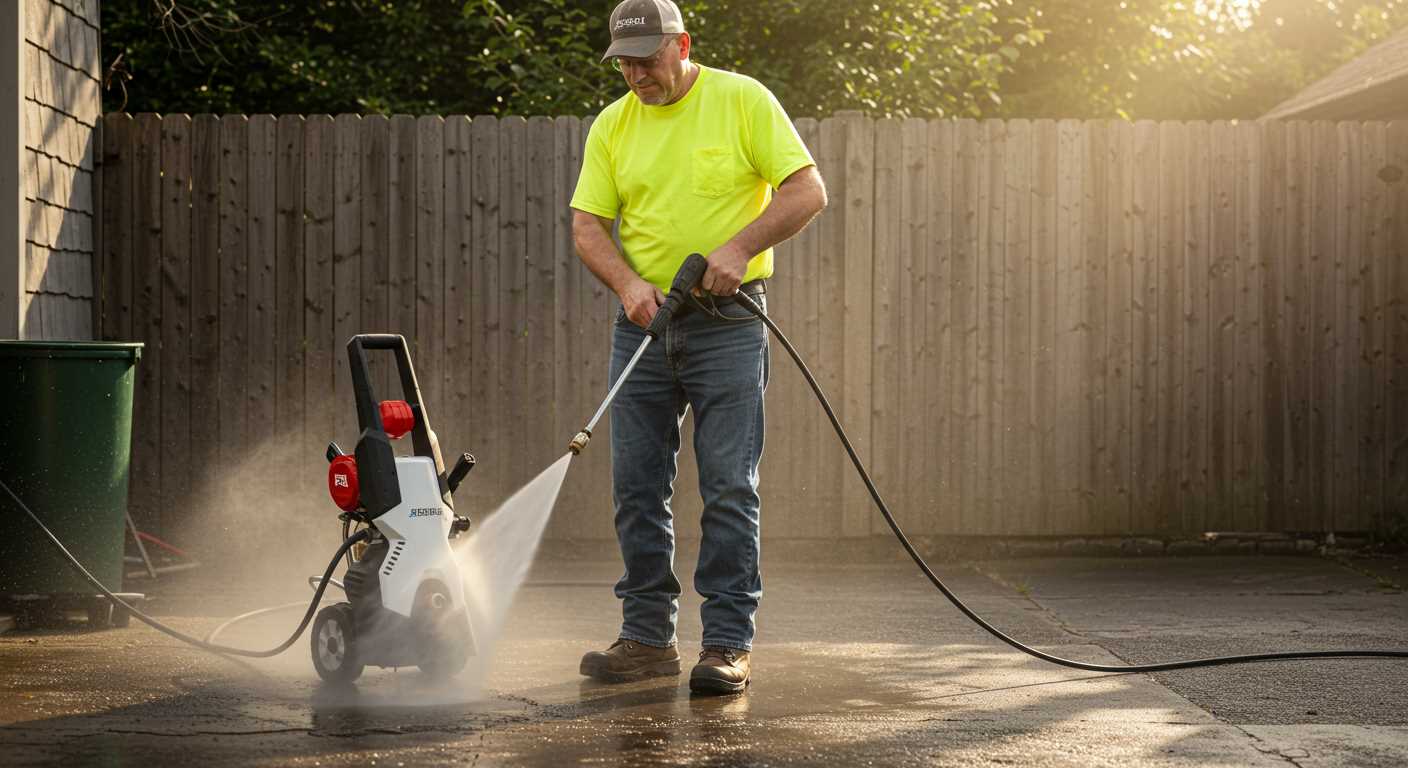
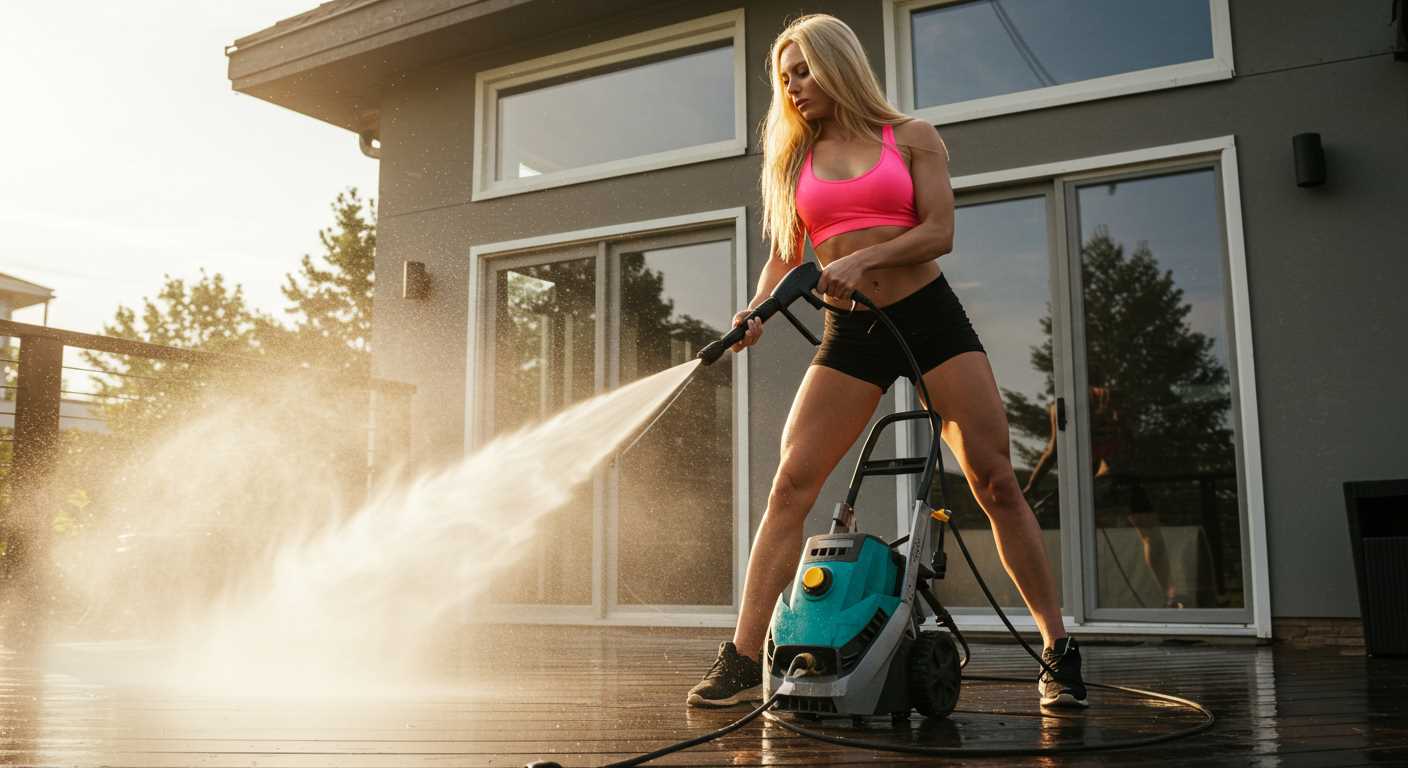
.jpg)


